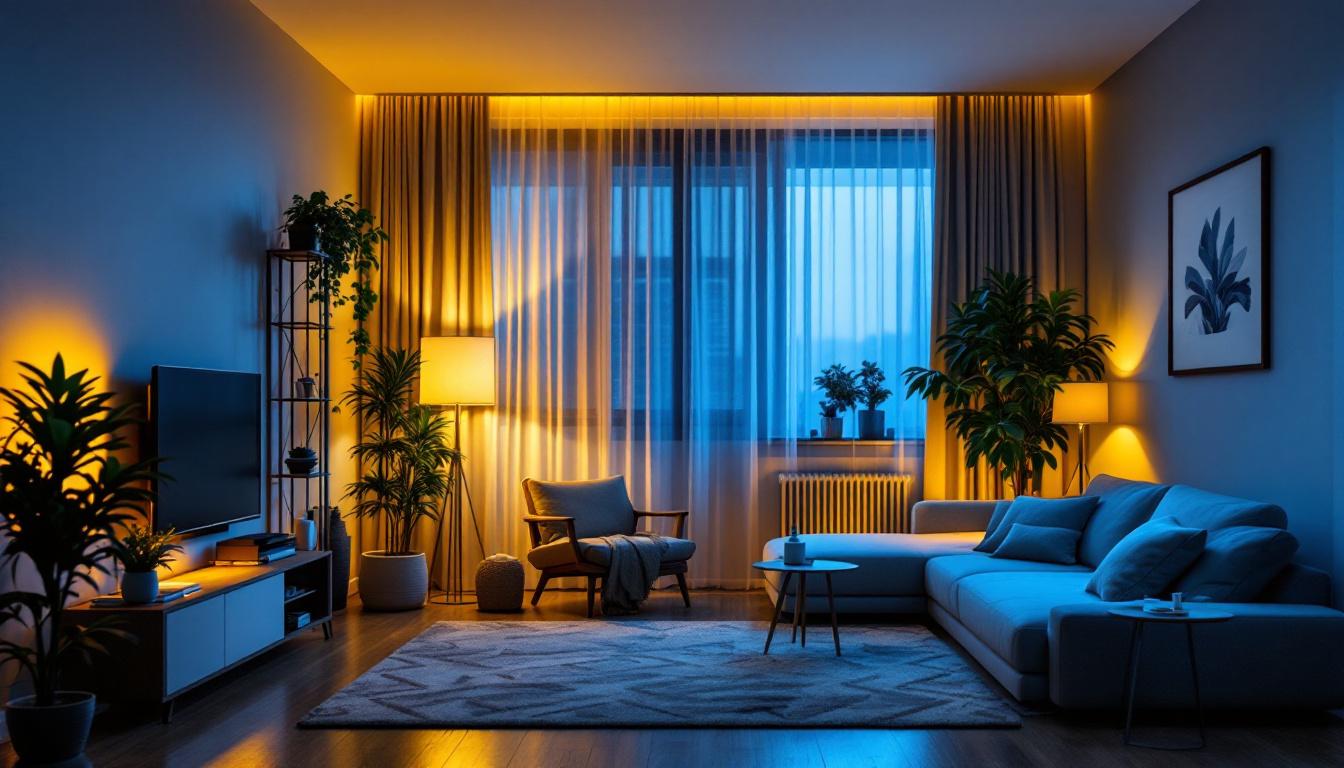
Lighting plays a crucial role in the ambiance and functionality of any apartment. Poor lighting can lead to discomfort, reduced productivity, and a generally unwelcoming atmosphere. For lighting contractors, understanding the nuances of lighting design and implementation is essential to transforming spaces effectively. Here are some quick tips to address bad lighting in apartments, ensuring that your clients enjoy well-lit, inviting environments.
Before diving into solutions, it’s vital to grasp why lighting is so important in residential spaces. Good lighting not only enhances the aesthetic appeal of an apartment but also impacts the mood and well-being of its inhabitants. The right lighting can transform a dull room into a vibrant space, making it feel more inviting and alive. Furthermore, it can highlight architectural features and decor, drawing attention to the unique elements that define a home.
Lighting affects how individuals perceive their environment. Bright, well-lit spaces can energize and uplift spirits, while dim or harsh lighting can lead to feelings of fatigue or discomfort. For instance, warm lighting can create a cozy atmosphere, making it ideal for living rooms and bedrooms, while cooler lights are better suited for workspaces. Studies have shown that exposure to natural light can improve mood and productivity, emphasizing the need for windows and light fixtures that mimic daylight. Additionally, the color temperature of light can influence emotions; warmer tones are often associated with relaxation, while cooler tones can enhance focus and alertness.
In any apartment, it’s essential to balance functional and ambient lighting. Functional lighting focuses on areas where tasks are performed, such as kitchens and bathrooms, while ambient lighting provides overall illumination. A well-thought-out combination can significantly enhance the usability and comfort of a space. For example, under-cabinet lighting in kitchens not only serves a practical purpose by illuminating countertops but also adds a layer of sophistication to the overall design. Similarly, layered lighting—using a mix of floor lamps, table lamps, and ceiling fixtures—can create a dynamic environment that adapts to different activities and times of day. This versatility allows residents to set the mood, whether they are hosting a dinner party or enjoying a quiet evening at home.
Recognizing the common pitfalls in apartment lighting is the first step towards improvement. Many apartments suffer from a few recurring problems that can be easily addressed with the right strategies. Understanding these issues not only enhances the aesthetic appeal of your living space but also contributes to your overall well-being and productivity.
Many apartments, especially those in urban areas, may lack sufficient natural light. This can create a gloomy atmosphere, making spaces feel smaller and less inviting. Assessing window placements and the use of reflective surfaces can help mitigate this issue. Additionally, incorporating light-colored curtains or blinds can allow more sunlight to filter through while maintaining privacy. Consider using mirrors strategically placed across from windows to bounce light around the room, further brightening the space. Indoor plants can also play a dual role, enhancing the decor while improving air quality, making the environment feel more vibrant and alive.
Another frequent complaint is the presence of overly harsh or dim lighting. Bright fluorescent lights can be unflattering and harsh, while insufficient lighting can lead to eyestrain and discomfort. Finding the right balance is key to creating a pleasant environment. Layering different types of lighting—ambient, task, and accent—can help achieve this balance. For instance, using soft LED bulbs for general lighting, combined with adjustable desk lamps for work areas, can create a more inviting atmosphere. Additionally, considering the color temperature of bulbs can significantly impact the mood of a room; warmer tones tend to create a cozy ambiance, while cooler tones are more energizing and suitable for workspaces. Experimenting with dimmers can also provide flexibility, allowing you to adjust the lighting according to the time of day or activity, ensuring that your apartment remains a comfortable haven at all times.
Once the issues are identified, implementing effective solutions can transform the lighting in any apartment. Here are some quick tips that lighting contractors can use to enhance their clients’ spaces.
One of the most effective strategies is to use layered lighting. This involves incorporating multiple light sources at different levels to create depth and interest. Combining ambient, task, and accent lighting can significantly improve the overall feel of a room.
For example, in a living room, consider using ceiling fixtures for ambient light, table lamps for task lighting, and wall sconces or decorative fixtures to highlight artwork or architectural features. This approach not only enhances functionality but also adds visual appeal. Additionally, using floor lamps in corners can help to soften shadows and create a warm, inviting atmosphere. By strategically placing these light sources, you can guide the eye throughout the space, making it feel more expansive and welcoming.
Dimmers are a simple yet powerful tool for controlling light intensity. They allow occupants to adjust the brightness according to their needs and mood, making spaces more versatile. Installing dimmers in key areas such as dining rooms and bedrooms can dramatically enhance the living experience.
Moreover, dimmers can also extend the lifespan of your light bulbs by reducing the amount of electricity flowing through them. This not only saves energy but also contributes to a more sustainable living environment. In addition, consider pairing dimmers with smart home technology, enabling remote control and automation of lighting schedules. This can enhance convenience and ensure that your apartment is always lit perfectly for any occasion, whether it’s a cozy movie night or a lively dinner party.
The choice of light bulbs can have a significant impact on the quality of light in an apartment. LED bulbs are energy-efficient and come in various color temperatures, allowing for customization of the lighting atmosphere. Warm white bulbs can create a cozy feel, while daylight bulbs are perfect for workspaces.
Furthermore, it’s essential to consider the color rendering index (CRI) of the bulbs you choose. A higher CRI means that colors will appear more vibrant and true to life, which is particularly important in spaces like kitchens and bathrooms where accurate color perception is crucial. Additionally, experimenting with different bulb shapes and fixtures can add an artistic touch to your lighting design. From vintage Edison bulbs to sleek modern designs, the right bulb can serve as both a functional light source and a stylish decor element, enhancing the overall aesthetic of your apartment.
Each room in an apartment has unique lighting needs. Tailoring lighting solutions to the specific functions and aesthetics of each space can lead to better outcomes.
Living rooms are often the heart of the home, where families gather and entertain guests. Incorporating a mix of ambient and accent lighting can create a warm and inviting atmosphere. Consider using floor lamps, table lamps, and wall sconces to create a cozy feel. Additionally, adjustable lighting can accommodate various activities, from watching movies to reading.
The kitchen requires bright, functional lighting to ensure safety and efficiency. Under-cabinet lighting is a great way to illuminate countertops, while pendant lights over islands can add a stylish touch. Ensure that the lighting is bright enough to facilitate cooking and food preparation without being overly harsh.
In bedrooms, the lighting should promote relaxation and comfort. Soft, warm lighting is ideal for creating a calming environment. Bedside lamps with adjustable brightness can provide both ambient light and task lighting for reading. Consider incorporating dimmable fixtures to allow for a range of lighting options.
Some apartments come with unique challenges that require creative solutions. Understanding these challenges can help lighting contractors provide tailored solutions for their clients.
In apartments with low ceilings, it’s essential to choose lighting fixtures that don’t overwhelm the space. Flush-mount fixtures or recessed lighting can provide adequate illumination without taking up valuable vertical space. Additionally, using light-colored fixtures can help create an illusion of height.
Open floor plans can pose challenges in terms of defining spaces and ensuring adequate lighting. Utilizing different lighting styles and fixtures can help delineate areas while maintaining a cohesive look. For instance, using pendant lights over a dining table can visually separate it from the living area.
As sustainability becomes increasingly important, lighting contractors should consider energy-efficient solutions that benefit both clients and the environment. Incorporating energy-efficient lighting options can reduce energy consumption and lower utility bills.
Smart lighting systems allow for greater control over lighting environments. These systems can be programmed to adjust automatically based on time of day or occupancy, providing convenience and energy savings. Educating clients about the benefits of smart lighting can enhance their overall experience and satisfaction.
Switching to LED lighting is one of the simplest ways to improve energy efficiency. LEDs consume significantly less energy than traditional incandescent bulbs and have a longer lifespan, making them a cost-effective choice in the long run. Highlighting these benefits to clients can encourage them to make the switch.
Addressing bad lighting in apartments is an essential task for lighting contractors. By understanding the importance of lighting, identifying common issues, and implementing effective solutions, contractors can significantly enhance the quality of life for their clients. From layered lighting techniques to energy-efficient options, the right approach can transform any space into a well-lit, inviting home.
Ultimately, the goal is to create environments that are not only functional but also uplifting and enjoyable to live in. By staying informed about the latest trends and technologies in lighting, contractors can continue to provide valuable services that meet the evolving needs of their clients.
Ready to banish bad lighting for good? At LumenWholesale, we provide lighting contractors with the high-quality, spec-grade lighting solutions needed to tackle any project. Enjoy the benefits of our extensive selection at wholesale prices, and take advantage of our hassle-free bulk buying with free shipping. Don’t let inflated markups dim your vision—choose LumenWholesale for the perfect combination of quality, affordability, and convenience. Elevate your lighting game and discover the best value in wholesale lighting today.
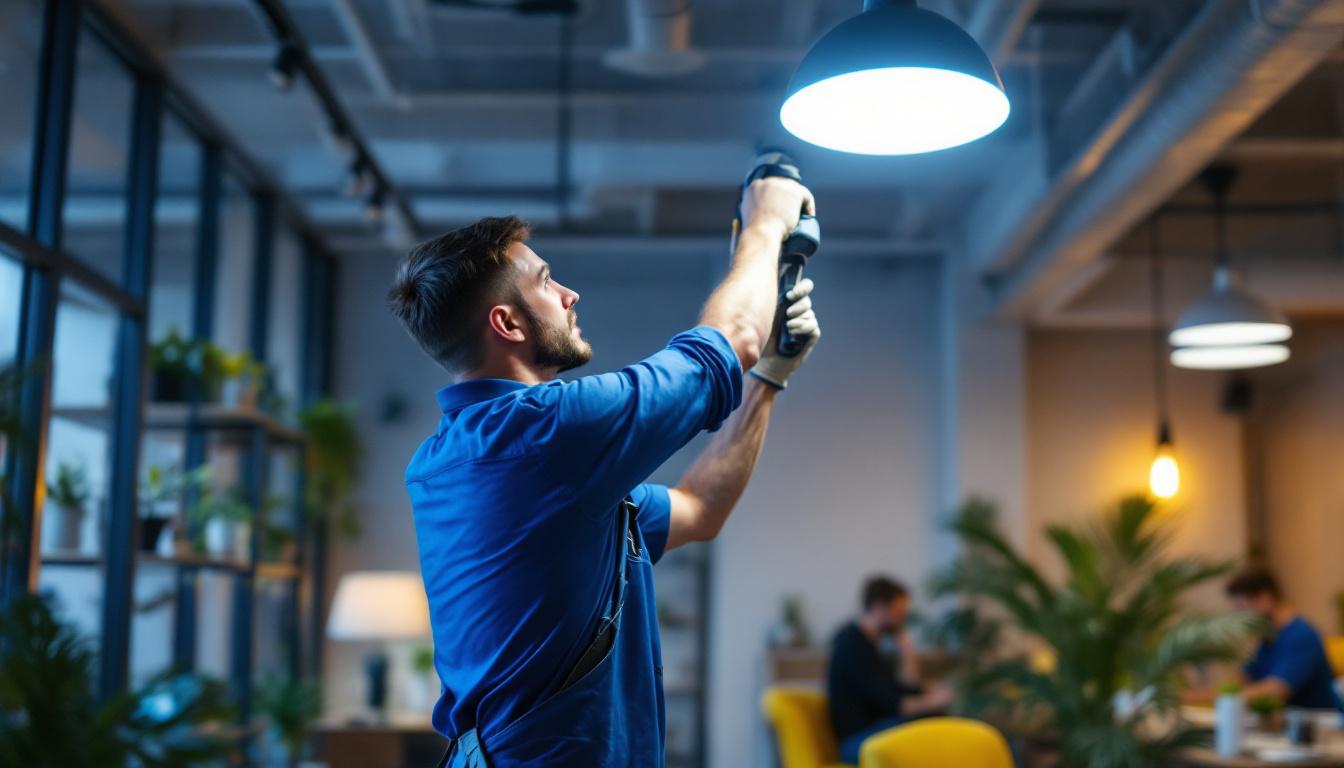
Discover how commercial pot lights are revolutionizing the lighting industry, offering contractors innovative solutions for efficiency, design flexibility, and energy savings.
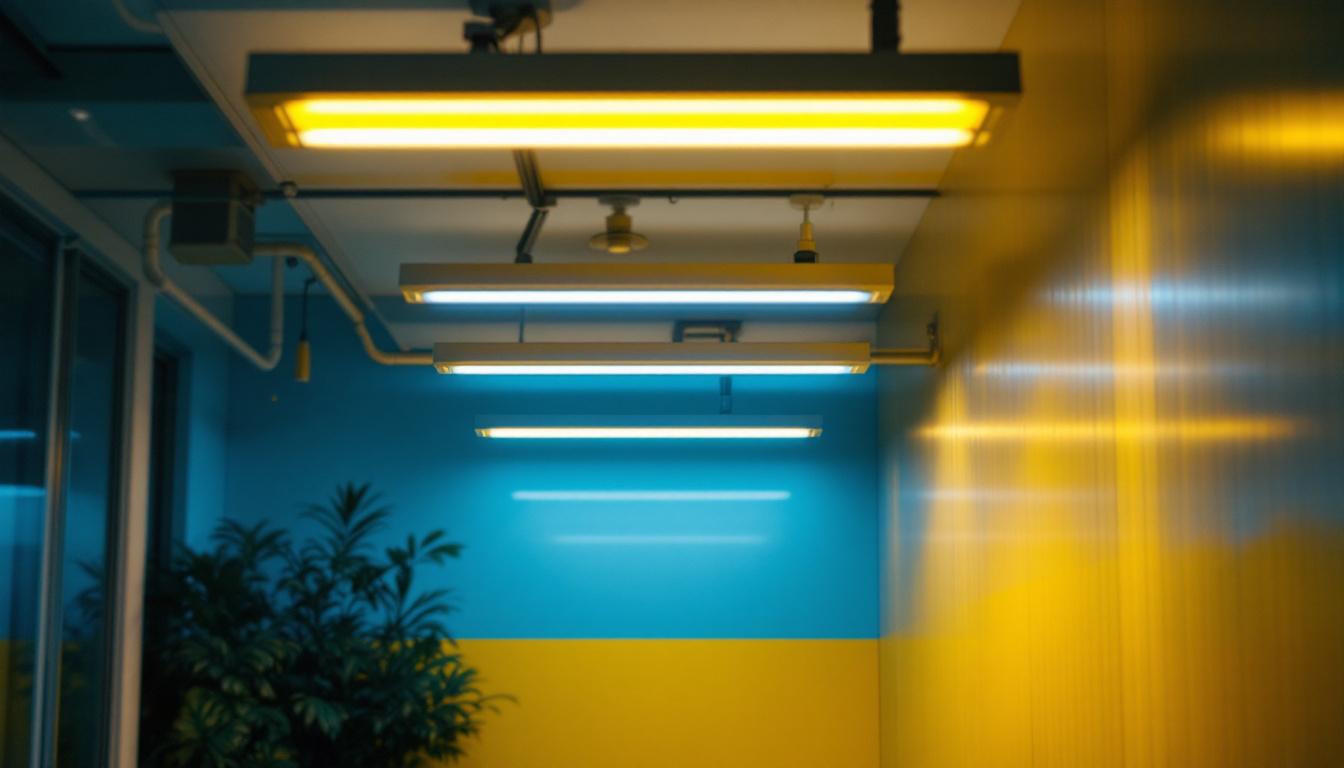
Discover the benefits of fluorescent fixtures in energy-efficient lighting.
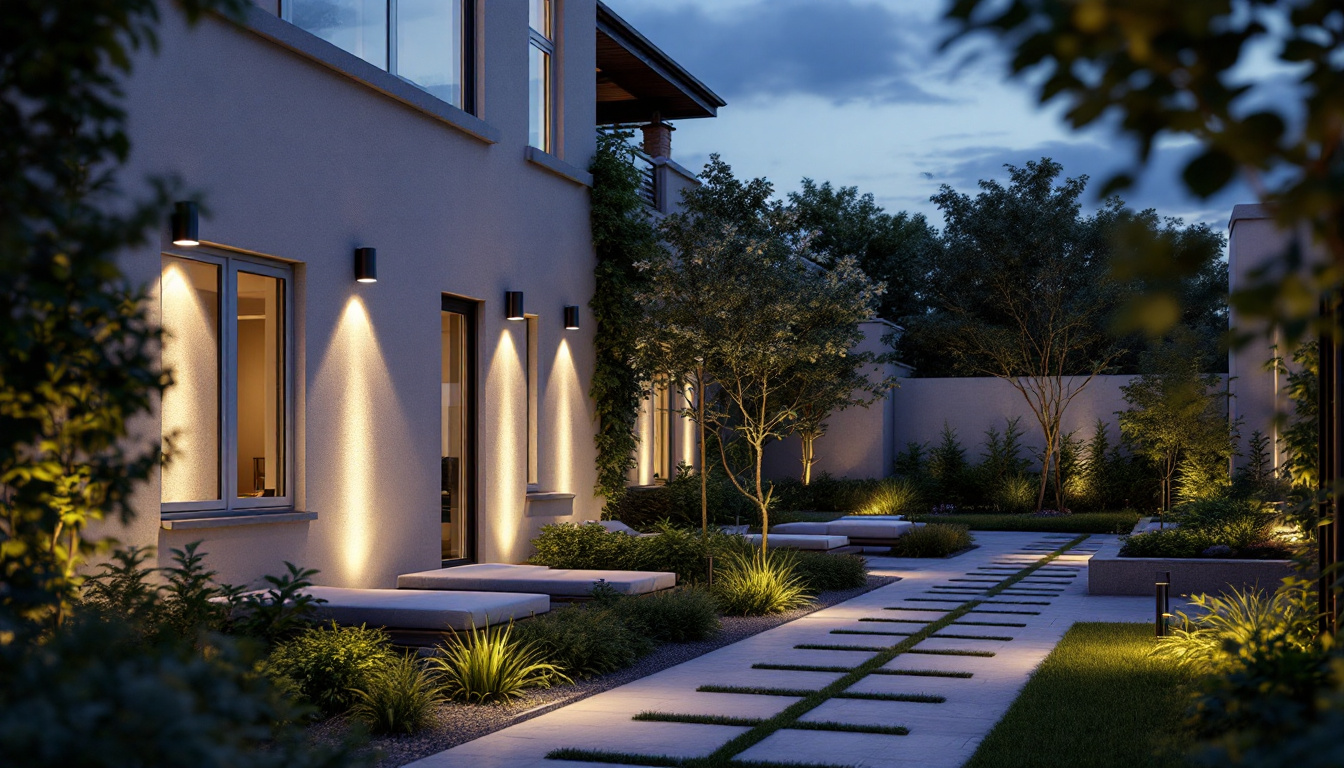
Discover how cylinder downlights are revolutionizing outdoor lighting for contractors.
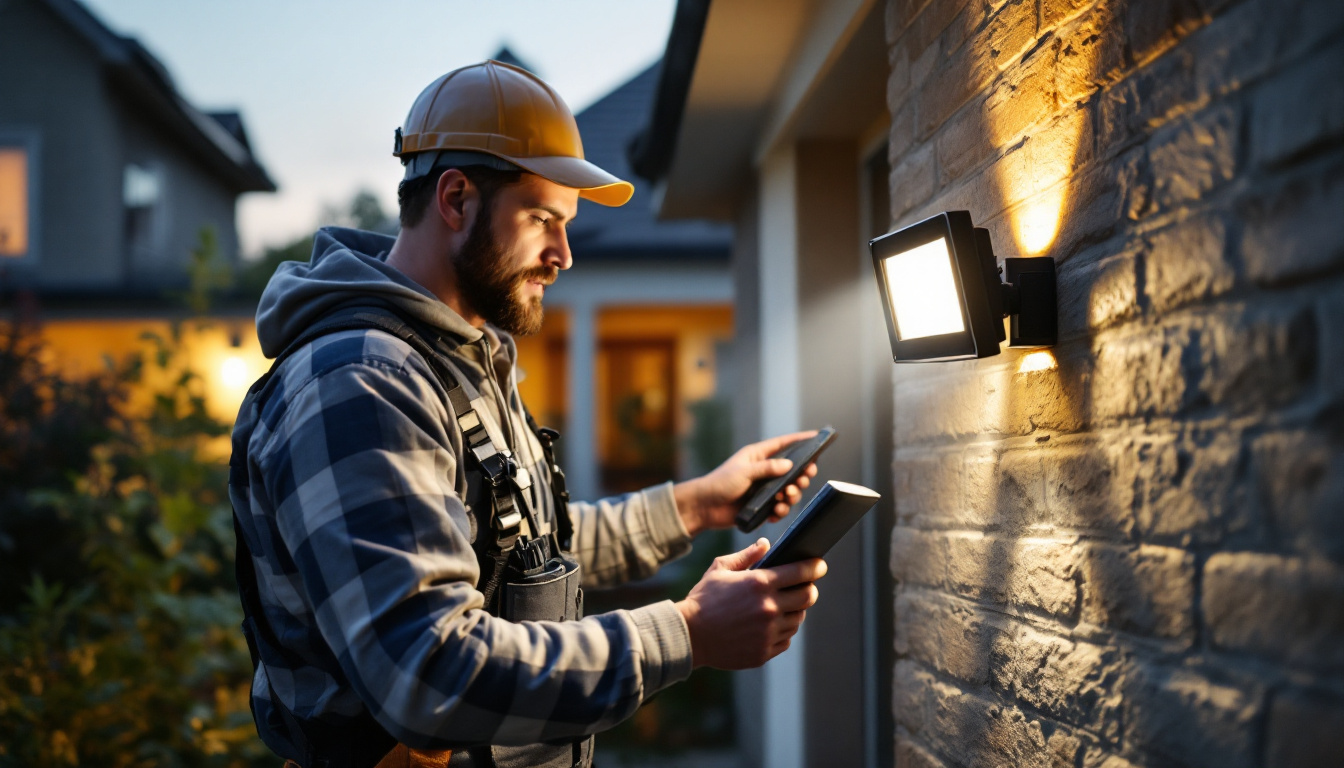
Discover essential insights and expert tips for lighting contractors on selecting and installing motion sensor outdoor flood lights.